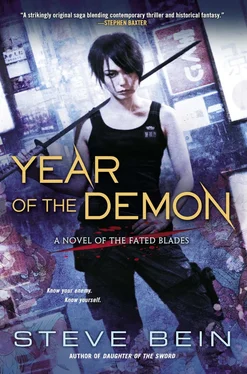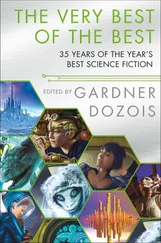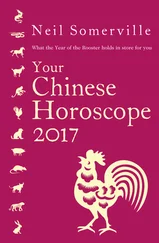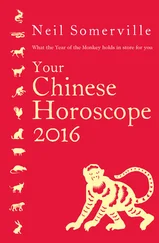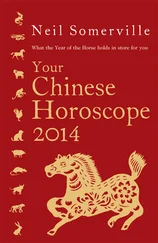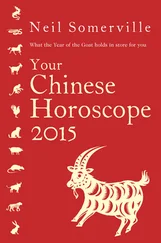kiai:a loud shout practiced as a part of martial arts training, usually uttered upon delivering a strike
kiri:a paulownia blossom, the emblem of Toyotomi Hideyoshi
koku:the amount of rice required to feed one person for one year; also, a unit for measuring the size of a fiefdom or estate, corresponding to the amount of rice its land can produce
MDA:methylenedioxyamphetamine, a hallucinogenic amphetamine
Mount Hiei:a mountain overlooking the city of Kyoto, home to hundreds of monasteries and the traditional locus of political power for Buddhism in Japan
odachi:a curved greatsword
oyoroi:“great armor”; a full suit of yoroi armoring the wearer from head to toe; literally “great armor”
Raijin:demonic god of lightning, thunder, and storms
ri:a unit of measurement equal to about two and a half miles
rikishi:sumo wrestler
ronin:a masterless samurai (literally “wave-person”)
Ryujin:dragon-god of the sea
sama:an honorific expressing humility on the part of the speaker, more respectful than -san but not as humbling as -dono
sarin:a potent neurotoxin
seiza:a kneeling position on the floor; as a verb, “to sit seiza” means “to meditate” (literally “proper sitting”)
sensei:teacher, professor, or doctor, depending on the context (literally “born-before”)
seppuku:ritual suicide by disembowelment, also known as hara-kiri
shakuhachi:traditional Japanese flute
shamisen:traditional Japanese lute
shinobi:ninja
shoji:sliding divider with rice-paper windows, usable as both door and wall
sode:broad, panel-like shoulder armor, usually of lamellar
SOP:Standard Operating Procedure
southern barbarian:white person (considered “southern” because European sailors were only allowed to dock in Nagasaki, which lies far to the south)
sugegasa:broad-brimmed, umbrella-like hat
Sword Hunt:an edict restricting the ownership of weapons to the samurai caste; there were two such edicts, each one carrying additional provisions on arms control and other political decrees
tachi:a curved long sword worn with the blade facing downward
taiko:an enormous drum; alternatively, the art of drumming with taiko
temari:embroidered silk thread balls; alternatively, the craft of making temari
tengu:a goblin with birdlike features
Tokaido:the “East Sea Road” connecting modern-day Tokyo to modern-day Kyoto
tsuba:a hand protector, usually round or square, where the hilt of a sword meets its blade; the Japanese analogue to a cross guard
wakizashi:a curved short sword, typically paired with a katana, worn with the blade facing upward
washi:traditional Japanese handmade paper
yakuza:member of an organized crime syndicate; “good-for-nothing”
yoroi:armor
yukata:a light robe
yuki-onna:a predatory winter-spirit that hunts on snowy nights, taking the form of a pale (usually naked) and very beautiful woman
This book required a lot more research than the last one, for many reasons. For one thing, it’s longer. For another, Mariko isn’t working on her own; as soon as I reassigned her to Narcotics, I signed myself up for more cop research. And of course there’s the obvious: I’m not a historian by training, and between Daigoro and Kaida, more than half of this book is historical fiction. Compounding that, Daigoro spends his time interacting with Toyotomi Hideyoshi, one of the most influential figures in Japanese history. When you put people like that in your story, you’ve got a certain obligation to get them right.
The first thing to know about Hideyoshi is that Hideyoshi isn’t his real name. He doesn’t have a real name; he changed it many times over, as did many of the great figures of his day. This habit of theirs is enough to drive historians to apoplexy, and so even the most esteemed scholars of Japanese history resort to using just one name, usually the name the figure is best known by.
But a Hideyoshi by any other name would still be a badass. He had so much working against him—he was born of peasant stock, he was so ugly that his nicknames were “the Bald Rat” and “the Monkey King,” and he showed no promise whatsoever as a fighter—yet he made himself the most powerful man in the empire. Through sheer force of personality, he earned his seat as one of the Three Unifiers, the three warlords who created the nation we now know as Japan.
The other two Unifiers are Oda Nobunaga, who raised Hideyoshi from lowly manservant to one of his top generals, and Tokugawa Ieyasu, who was first a rival, then an ally, then a usurper. All three were brilliant strategists, each in his own way. Nobunaga is best known for his ruthlessness, Hideyoshi for his honeyed tongue, and Ieyasu for his patience. In brief, their stories run as follows: Nobunaga, who was so merciless that he could scarcely retain even the loyalty of his own family, saw great promise in Hideyoshi and elevated him to the rank of general. With him and a coterie of other now-legendary commanders, Nobunaga conquered a third of Japan.
When Nobunaga was assassinated by one of his inner circle, Hideyoshi swept in to kill the traitor. He then pressured the emperor into making him samurai and appointing him as imperial regent and chief minister. Hideyoshi was no swordsman, but he was a cunning strategist and a negotiator nonpareil, and he crushed every warlord he could not recruit as an ally. Enter Ieyasu, whose preferred method was to sit back and allow Nobunaga and Hideyoshi to do all the heavy lifting. Then he ousted Hideyoshi’s heirs, appointed himself shogun, and established the greatest dynasty in Japanese history. Hence the mnemonic, recited in one variant or another in classrooms throughout Japan: Nobunaga mixed the dough, Hideyoshi baked the cake, and Ieyasu got to eat it.
Because Daigoro and Shichio are my two lenses for viewing Hideyoshi, I have chosen to characterize him rather differently than you might see him elsewhere. In Kurosawa’s Kagemusha , for example, Hideyoshi is portrayed as a deadly serious samurai warrior. This is by no means unfair, for Hideyoshi desperately wanted to be thought of as noble and refined. He was fascinated by the tea ceremony, he performed kabuki, and fancied himself an accomplished singer. His palace, the Jurakudai, was real, and if there can be such a thing as an excess of elegance, this was it. But if Hideyoshi was pretending at nobility, he certainly was not pretending at being charismatic. By all accounts he was positively magnetic, but because Shichio is effete and Daigoro is highborn, they see my Hideyoshi’s charms as being quite coarse.
Shichio himself is purely fictional, but homosexual relationships were common among men of Hideyoshi’s station and era. These ritualized relationships, known as shudo , usually coupled adults with young boys; grown men were not supposed to be penetrated (hence the tension in Shichio’s relationship with Hideyoshi). Mio Yasumasa is also fictional, but Hideyoshi certainly had high-ranking samurai advisers like Mio. I’m sorry to say that Mio’s death is based in truth; the method is called lingchi , and it is the origin of the proverbial “death of a thousand cuts.” We don’t know for a fact that Hideyoshi employed it, but we do know that he developed a penchant for cruel and elaborate executions.
Читать дальше
